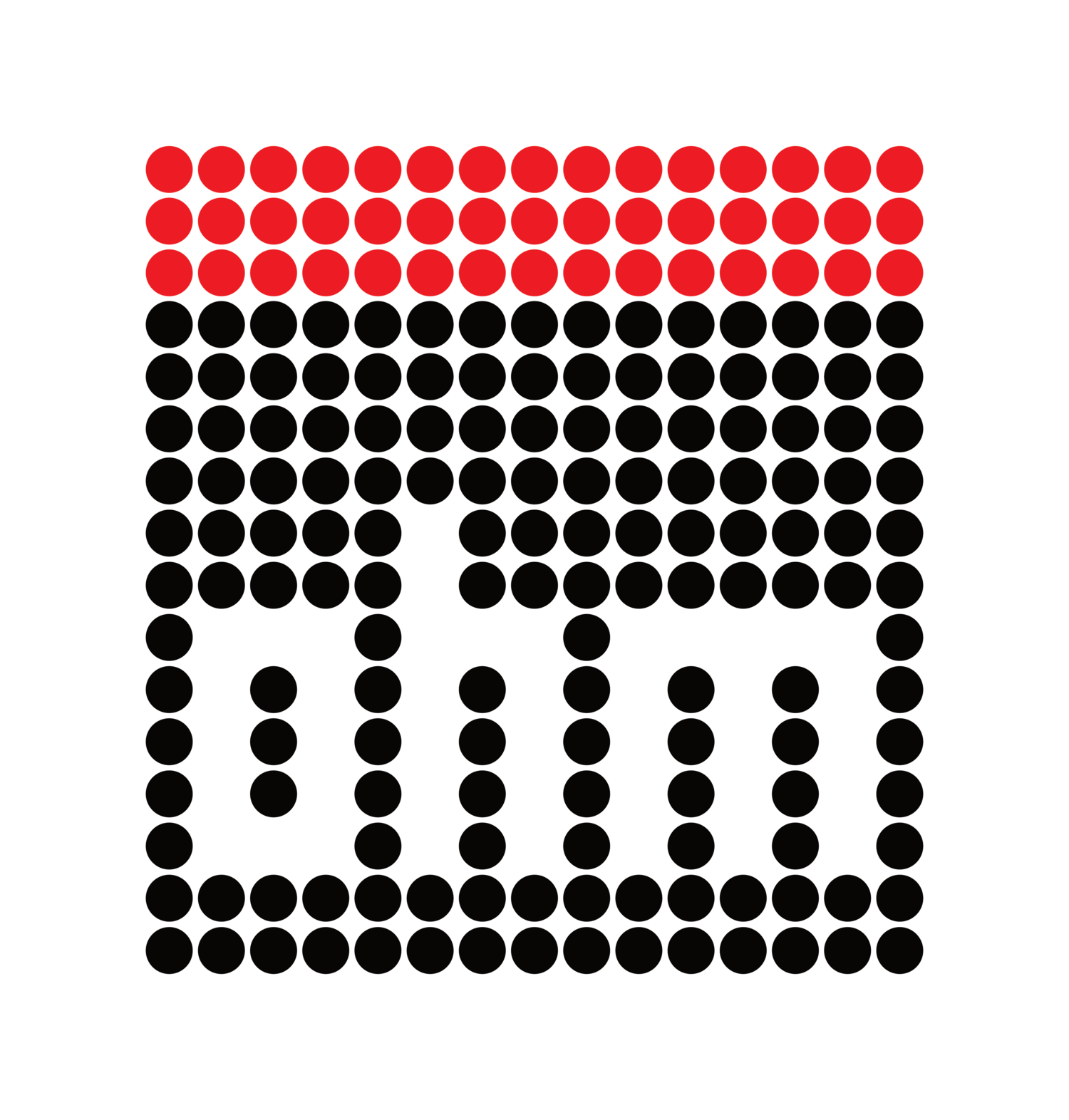In his OHM AIR debut, Thomas Tsai posited that Apple had the potential to 'disrupt' the hi-res audio market. Currently, hi-res files in: WAV, AiFF, and ALAC, can be played back in iTunes. But none of those files work as-is, on an iPod or iPhone.
Why is disruption of the current hi-res industry is important
The portable hi-res industry is ready to be sacked. Currently, Sony's newest Walkman players are the sleekest, and iRiver's are the most expensive. A glut of half-baked Chinese DAPs support the playback of everything from DSD to PCM.
But the market is leaderless. The Koreans promise dictionary extremes that audiophiles fall for. These are: new standard, ultimate, and ultimate. Yes, two ultimates. Meanwhile, Sony compete on the backs of sleek devices that undercut the prices of Chinese players.
Imagine that.
The Chinese? They run the gamut from the gaudy to the drab. Their most loyal customer still thinks the Chinese make the most cost-effective players on the market. And some players, such as Lotoo's DSD player, are considered by some to be good-looking. (BTW, I photographed it last week for Mac Audio. It's a brick. Lots of metal, but plagued by on/off problems even at the publisher's HQ.) Branding acrobatics allows Chinese companies to fail, recoil the engine, and fail again. Very little is at stake and so very little attention is paid to making a good device from the get go.
Finally, there are players such as the Geek Wave and Neil Young's Pono, are still in blueprint stages, or are waiting to melt in your trousers, or a glass of milk. Geek Wave has mildly piqued my interest. Neil Young's hasn't in the slightest.
One thing have all current hi-res players in common: wishy-washy standards. Sony utilise still use a comparatively provincial USB cable, and slave their devices to someone else's OS. The good news is that file transfers are swift, and painless. Sound quality has markedly jumped up in recent years. But the OS is chock full of superfluous animations, legacy interfaces, and lacks important audiophile staples such as proper gapless playback.
No matter the price, modern (in iRiver terminology, modern means a month ago) players require software hacks to transfer to Macs. Interface quality has improved, but still chunks and clunks around. Players get hot, and battery life is poor. The most egregious of iRiver's tendencies is to oldify new hardware by updating it with so-called MKII releases. Most of these occur just months after the original's debut. Prices on the originals drop significantly in a matter of months. In Japan, used iPod touch units from 2012 often fetch higher prices than iRiver's AK100, which debuted at nearly 700$ USD.
Chinese players... don't get me started. Suffice it to say that no one on that continent gives a shit about customer experience. It's all spec and nothing else. That, and gold.
Customer experience is far down on the totem pole.
The hi-res portable audio market is ripe for disruption.
And Rumours that Apple will get into the hi-res audio market have so far been false. Computer Audiophile have outlined sevenof reasons why Apple haven't gotten into the hi-res game, and likely will not. Most pointed is the following:
“Ever since Apple persuaded the record labels to allow it to sell music for $0.99 per lossy track and roughly $10 per lossy album, the labels gave up control and revenue. Apple has essentially owned the music business. Record labels have one last shot at retaining control and increasing revenue from purchased content. This shot comes from sales of high resolution music. The record labels aren’t going to let Apple flip the high resolution switch until they have wrung every penny out of high resolution sales through non-iTunes avenues. If Apple were to offer high resolution downloads it would likely price them near $10-$12 per album and $2 per track. Apple wouldn’t shock its customers with majorly increased prices. This low priced and per track purchasing scenario would be déjà vu for the labels. Rather than allowing Apple to sell this content per track and at such a reduced price, the labels are going through online retailers such as HDtracks, Qobuz, and HiResAudio. Prices from these retailers are much closer to $20 or more. It’s likely the customers purchasing high resolution right now would have purchased this music from iTunes had it been available for almost half price. Thus, the labels are wringing out every penny while they can. The PonoMusic Store will also be a major bonus for the record labels. I believe the labels will benefit more from high resolution sales through PonoMusic than any other outlet. There is a very harmonious and tight relationship between PonoMusic and the labels.”
So maybe this year isn't the year when Apple will upturn the hi-res portable audio market. But it could be.
The market is ripe for a non-spec incumbent, a company that will build the devices and infrastructure upon which high-resolution audio can hit the mainstream, and which the mainstream will finally pay attention.
Only five more hours stand between now and the tell.
